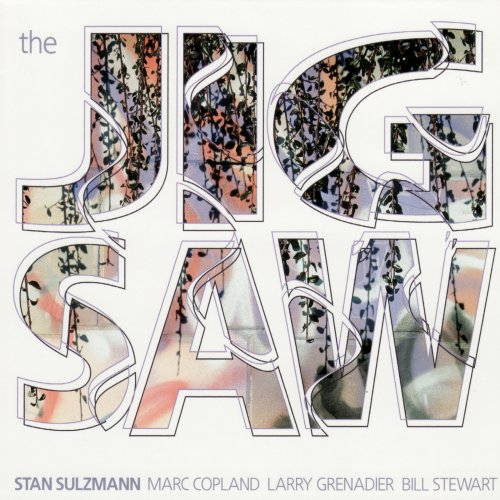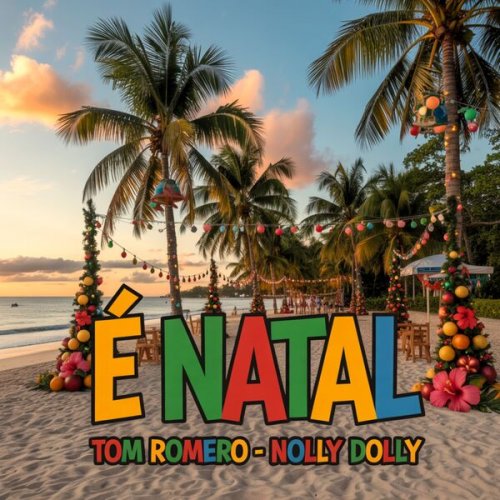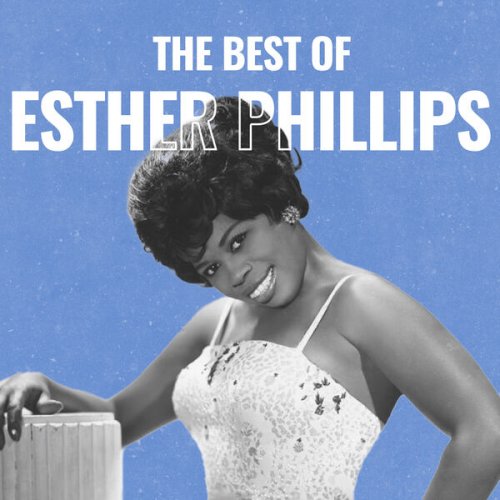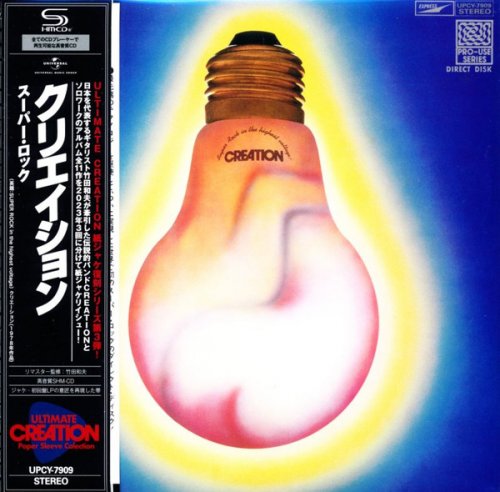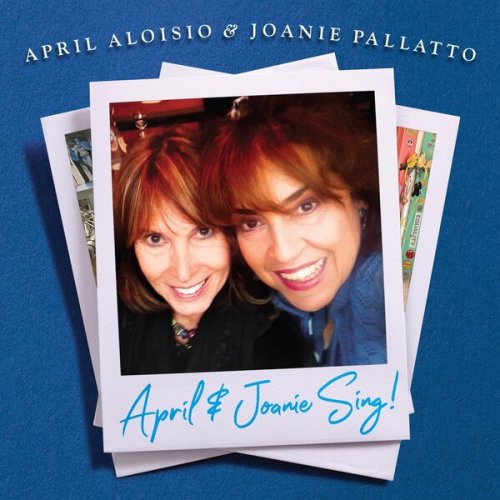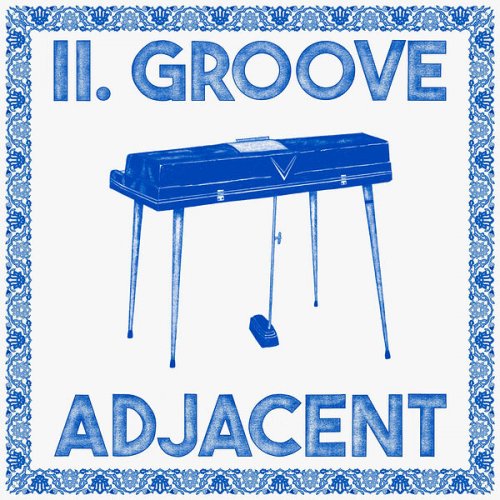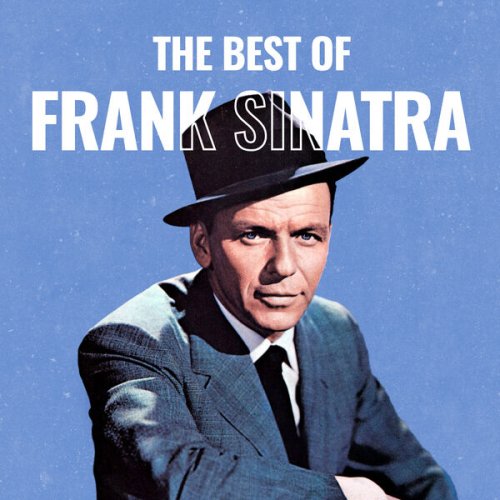Ldgu - Religious Music For Non-Believers (2021)
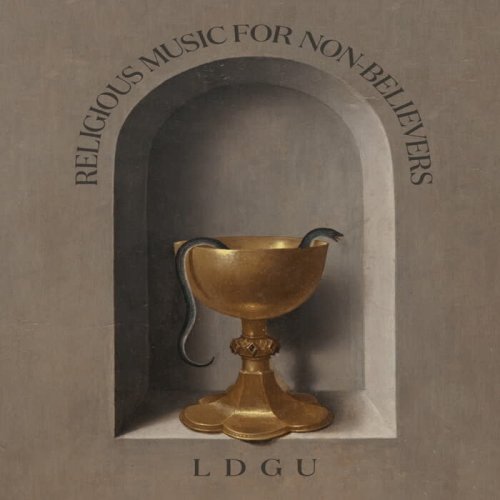
Artist: Ldgu
Title: Religious Music For Non-Believers
Year Of Release: 2021
Label: Tresno – TRE 007
Genre: Ambient, Experimental
Quality: 16bit-44,1kHz FLAC / 24bit-44.1kHz FLAC
Total Time: 32:23
Total Size: 186 mb / 358 mb
WebSite: Album Preview
TracklistTitle: Religious Music For Non-Believers
Year Of Release: 2021
Label: Tresno – TRE 007
Genre: Ambient, Experimental
Quality: 16bit-44,1kHz FLAC / 24bit-44.1kHz FLAC
Total Time: 32:23
Total Size: 186 mb / 358 mb
WebSite: Album Preview
1. S (01:56)
2. U (07:01)
3. K (08:23)
4. S* (02:12)
5. M (07:51)
6. A (09:00)
Religious Music For Non-Believers is Ldgu's fourth album: his first work, Rattigan Glumphoboo, was released on Queenspectra in 2013, followed by the second episode (2018) of the Sriti series published on his Tresno Records imprint, where he joins with tenor sax a typical djidoranensemble, in the streets of the city of Malang (djidoran is a peculiar variation of the better knownjaranan, the music usually played in East Java during trance rituals). The End of a Story, his most recent work, saw the light on Tresno at the end of 2020. Aside from Queenspectra and Tresno, more Ldgu music can be found on Artetetra, Syrphe and Insitu Recordings.
Conceived between long periods spent abroad in Indonesia (2013/14/15) and Morocco (2018) for ethnomusicologic purposes, Religious Music For Non-Believers is at the same time a eulogy for Pauline Oliveros' demise, a homage to the music of Tim Hecker and Earth, and finally a descent into timeless horizons, where Ldgu seeks epiphanies in the realm of sound-related truths. The music heard here is improvised and recorded live on a huge pipe organ over two very, very hot and humid evenings in the summer of 2017. The music here contained is nothing but raw excerpts from long improvisations.
"When I got the scholarship that allowed me to move to Central Java, I was coming from a period of my life in which I had tried to get rid of my ego in every possible way. Through music, through drugs, through sex, through poetry. Dismantling it, atomizing it, in order to re-collect the pieces over and over while looking at them through the microscopic lenses of experience. I was trying to find a deeper meaning in everyday life and the further I was sailing, the more I flaked off. My self was thus losing tiny particles, like cosmic debris, along the journey. After almost three years spent in Indonesia, I got back in Italy with a spiritual strength I was given by the teachings of the Javanese and of the Dayak: my ego, which had been scattered because of the blows dealt by that terribly harsh challenge I imposed on myself, found both renewed strength and unity. These came from infinite and disinterested love, from symbols and rituals, from nature, knowledge and music. At this point, one thing was clear to me: if I had comprehended how and where such learnings were rooted and if I finally felt like a tough oak, instead of a weak shrub, I had also understood the rootlessness of being a western young man in the 2000's. No matter how much I had studied Greek, Latin, philosophy, the history of Italian art, literature and poetry: I was just a product of neoliberalism, an embodied ghost constantly seeking for stronger emotions and singularities, trapped in what was nothing else but a deadly loop. Thus, as soon as I got back, it felt natural to me to look for a sacred instrument, like gamelan is for the Javanese and the Balinese. The choice fell on the pipe organ, which saw its diffusion in Central Italy (Lazio, Toscana, Umbria, Romagna, Marche) because of the Papal States. The first documents talking of pipe organs in Central Italy go back to the IX century. The Papal States ceased to exist when Italy finally got reunited for the first time in 1861 but this doesn't mean that those instruments, mostly hosted in churches, disappeared".
DOWNLOAD FLAC
Ldgu - Religious Music For Non-Believers
DOWNLOAD FLAC
Ldgu - Religious Music For Non-Believers 24-44.1
